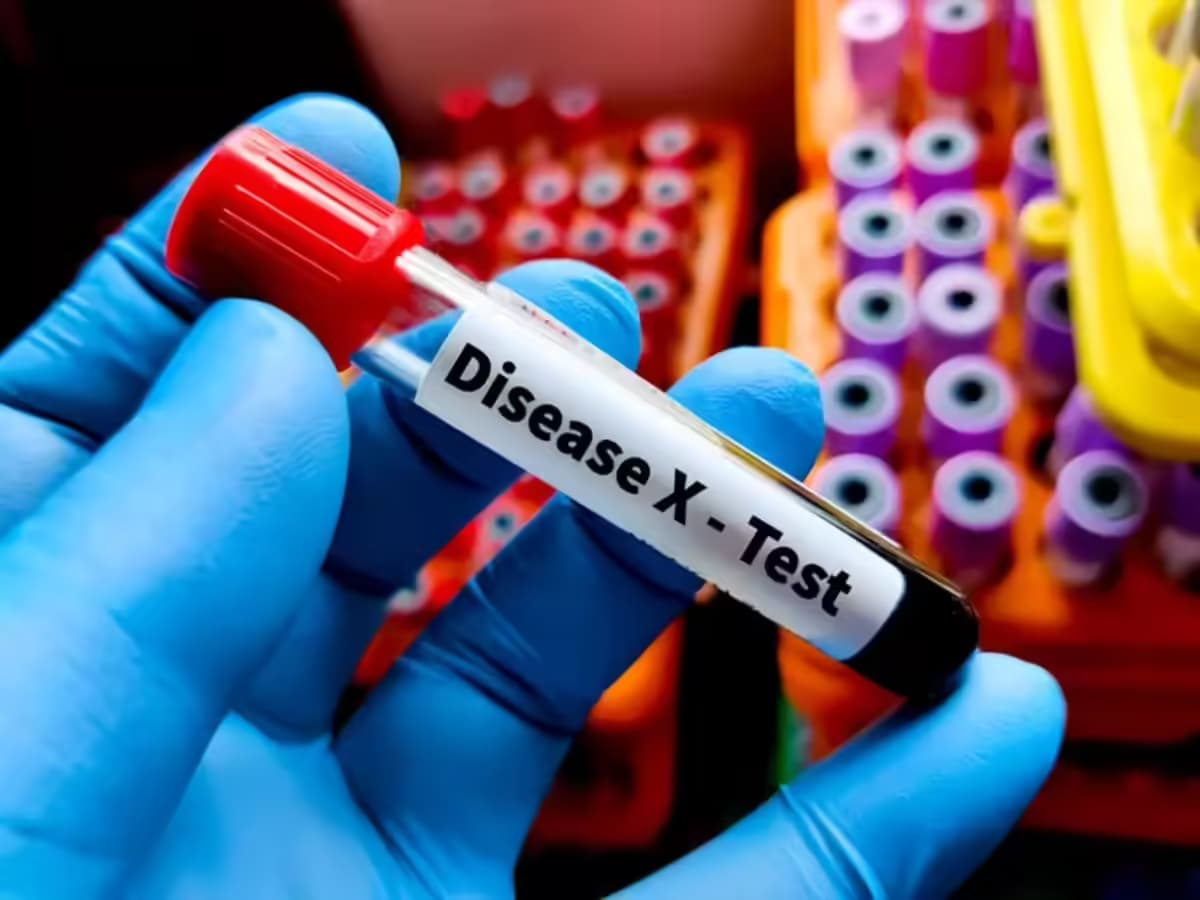We're loading the full news article for you. This includes the article content, images, author information, and related articles.
A Jomo Kenyatta University of Agriculture and Technology report exposes severe shortfalls in diagnostics and antibiotic stewardship, undermining Kenya's national strategy against a health threat killing thousands annually.

NAIROBI, KENYA – Friday, 24th October 2025 (EAT) – Kenya's strategy to combat the growing threat of drug-resistant infections is being severely hampered by fundamental gaps in laboratory capacity, antibiotic use protocols, and data surveillance across its health facilities, a new study has revealed. The research, led by Prof. Simon Karanja and Dr. Jane Aduda from the Jomo Kenyatta University of Agriculture and Technology (JKUAT), underscores the disconnect between national policy and the reality on the ground, where a lack of resources is fueling the antimicrobial resistance (AMR) crisis.
The study, conducted under JKUAT's Digital Health Applied Research Centre (DHARC), assessed health facilities ranging from local centres to national referral hospitals and found systemic weaknesses that prevent early detection and proper management of resistant pathogens. According to the findings, only 53.6% of the surveyed facilities were equipped to perform basic microbial cultures, a foundational step for identifying infections. The situation is more dire for complex diagnostics, with only eight out of 28 hospitals capable of conducting blood cultures and a mere five possessing automated diagnostic machines.
“We are finding structural weaknesses that make it difficult for hospitals to detect and manage drug-resistant infections early enough,” Prof. Karanja stated, according to the report published on Friday, 24th October 2025. “Without accurate diagnostics, doctors are often forced to prescribe antibiotics blindly — a practice that fuels resistance.”
The implications of these diagnostic failures are stark. According to 2021 data from the Institute for Health Metrics and Evaluation, an estimated 6,670 deaths in Kenya were directly attributable to bacterial AMR, with 28,500 deaths associated with it. Projections indicate that without concerted action, the number of AMR-associated deaths in the country could climb to 31,300 by 2030. The WHO African Region, as a whole, carries the highest burden of AMR globally.
The JKUAT report further highlights critical deficiencies in antibiotic stewardship. Only 39.3% of hospitals have antibiotic-use guidelines in place, and a strikingly low 7.1% maintain an antibiogram—a vital record of local bacterial resistance patterns that guides effective prescribing. Furthermore, 81% of the facilities lack a modern Laboratory Information System (LIS) to properly store, analyze, and share AMR data, while 21 of the 28 hospitals sampled had no international laboratory quality accreditation. The primary obstacles cited were a lack of equipment (39.1%) and essential reagents (34.8%).
These findings come as Kenya rolls out its second National Action Plan (NAP) on AMR for 2023-2027, a comprehensive strategy costed at KSh 2.035 billion (approx. USD 13.69 million). The first NAP (2017-2022) established a crucial governance framework, including the National Antimicrobial Stewardship Interagency Committee (NASIC), to coordinate a 'One Health' approach across human, animal, and environmental sectors. However, progress has been hampered by challenges including insufficient funding, reliance on donor support, and difficulties in multisectoral collaboration.
The crisis in Kenya reflects a broader, more complex regional challenge. While the overuse of antibiotics is a known driver of resistance, recent research highlights a deadly paradox: a critical lack of access to the *right* medicines for severe infections. A 2025 study published in The Lancet found that only 16% of Kenyan patients with life-threatening, carbapenem-resistant infections—which are resistant to last-resort antibiotics—are able to access appropriate treatment. This is significantly lower than the 82% access rate in high-income countries.
This treatment gap is largely caused by the very diagnostic shortfalls identified in the JKUAT study. The Lancet report noted that only about 26.5% of these patients in Kenya receive the necessary blood culture test to identify the resistant infection in the first place. Even for those who are diagnosed, the availability and affordability of essential 'reserve' antibiotics remain major barriers.
International partners, including the Fleming Fund, are actively supporting Kenya to bridge these gaps by strengthening AMR surveillance capacity through a consortium of local institutions like the Kenya Medical Research Institute (KEMRI) and the International Livestock Research Institute (ILRI). However, the JKUAT study serves as a critical reminder that for Kenya's national strategy to succeed, urgent investment is needed to equip its frontline health facilities with the tools, training, and resources required to turn policy into life-saving practice.
Keep the conversation in one place—threads here stay linked to the story and in the forums.
Other hot threads
E-sports and Gaming Community in Kenya
Active 6 months ago
Popular Recreational Activities Across Counties
Active 6 months ago
The Role of Technology in Modern Agriculture (AgriTech)
Active 6 months ago
Investing in Youth Sports Development Programs
Active 6 months ago